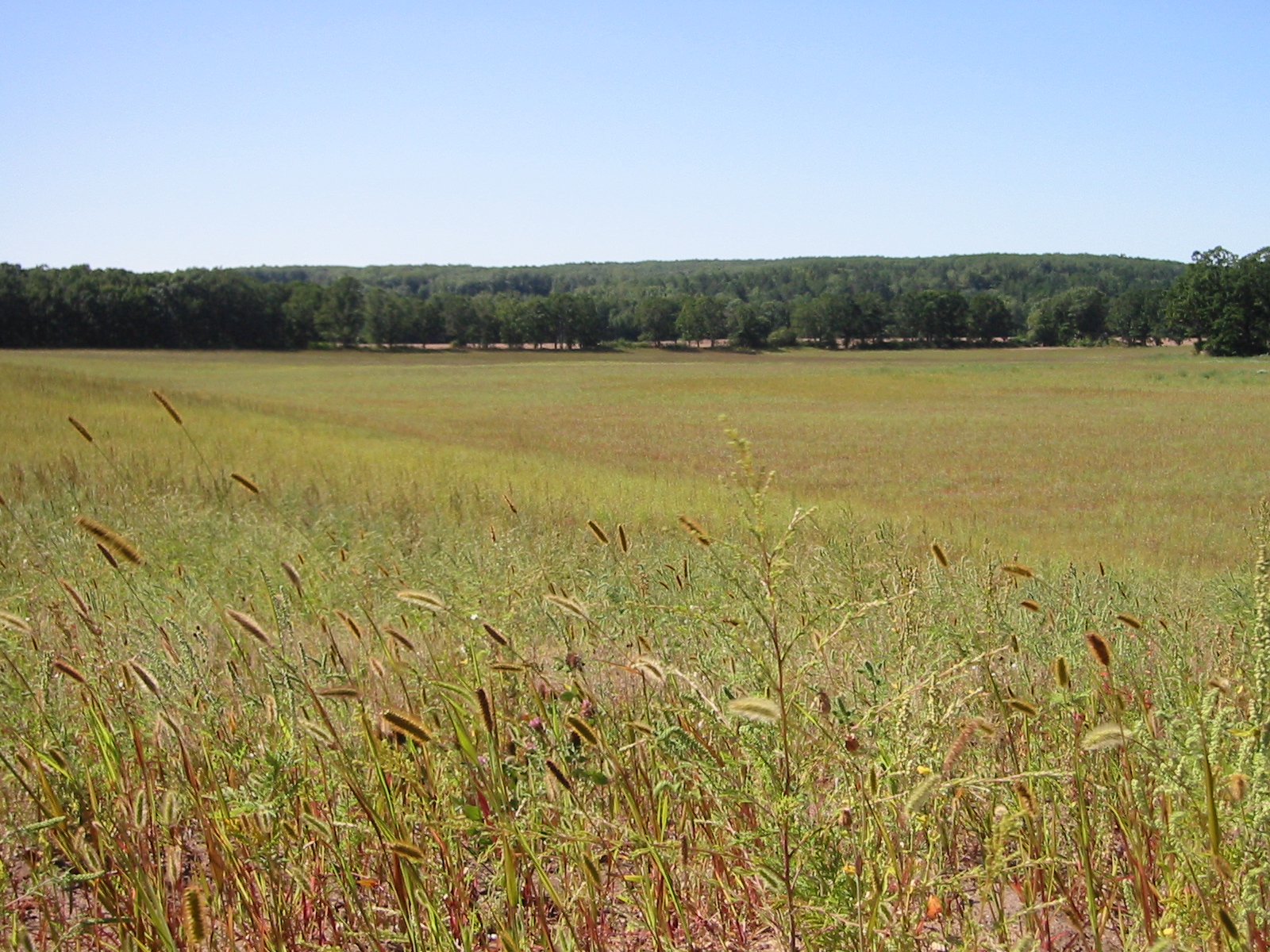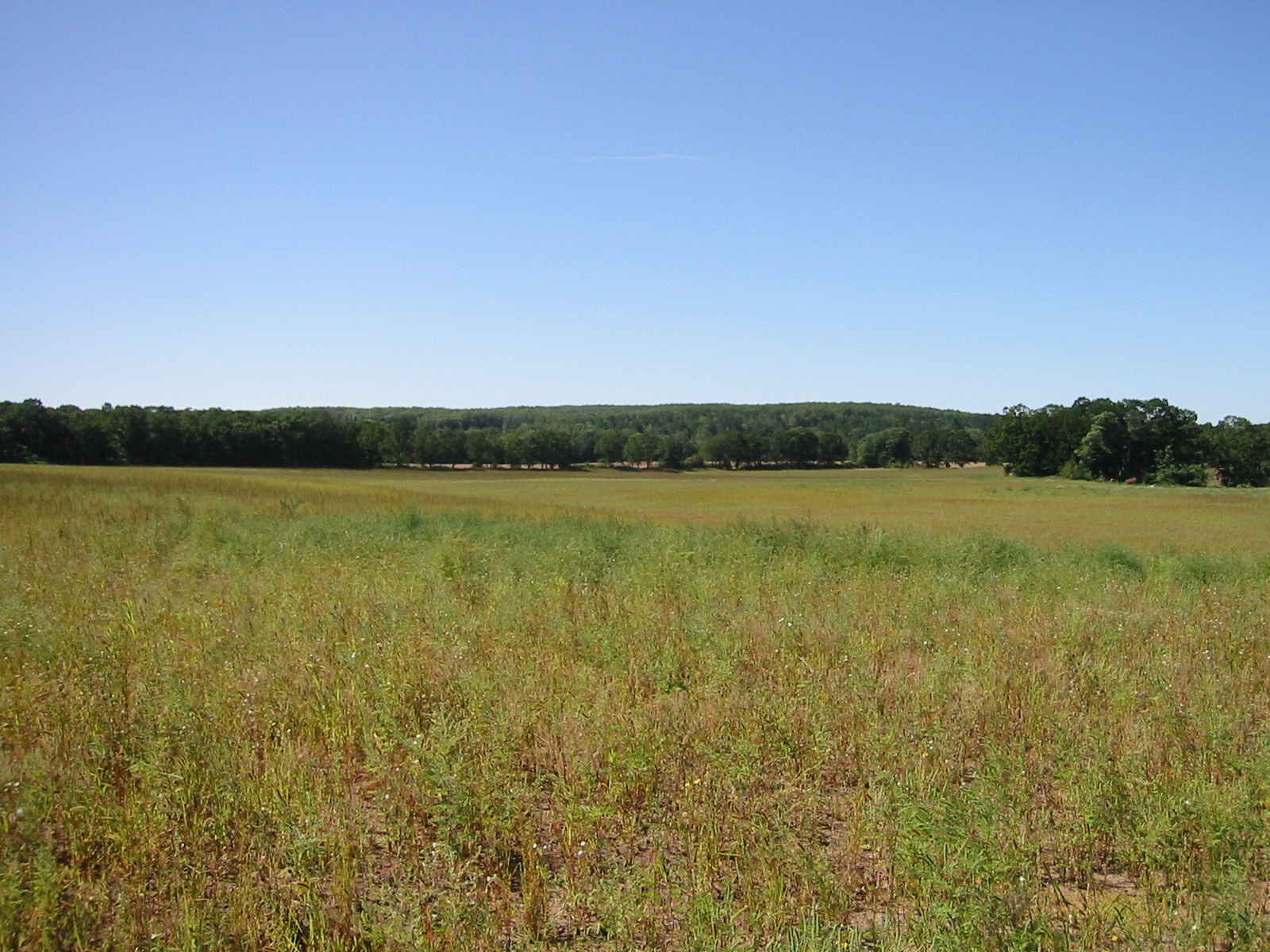Building Better... Living Better
Working to make a sustainable difference.
Aggregate - sand, gravel, and crushed stone - is the number one non-fuel, non-renewal mineral resource in the United States and the World.
Aggregate Mining for a Sustainable Future
At Anderson Brothers we’re committed to mining different, better and responsible. We’re committed to leading an industry by example through our core values and a commitment to the communities we serve.
Every developed and developing country produces aggregate. Doing so in a responsible way is a core value of Anderson Brothers. For over 70 years throughout greater Minnesota, Anderson Brothers has worked hard to better best practices and provide leadership in producing innovative products for the environment.
Starting in 1940, Anderson Brothers began serving the road construction needs of the Brainerd Lakes Region. Today it has evolved into a multi-disciplined contractor specializing in municipal, commercial and residential infrastructure providing services, such as, earthwork, underground utilities, asphalt paving, concrete and aggregate mining.
With nearly 200 employees throughout the Brainerd Lakes Region we’ve become attached to the communities that we’ve helped build over the years. We value the fact that we not only work here... but we live here, and taking care of the land is crucial to our employees and their families.
- In 2004 Anderson Brothers became the first contractor in the Brainerd Lakes Region to install a sub-surface stormwater system designed to capture stormwater and store it beneath a conventional parking lot for natural aquifer recharge.
- In 2005 Anderson Brothers was the first contractor in the state of Minnesota to produce and install Porous Asphalt. This innovative pavement surface is designed to reduce stormwater runoff by providing surface infiltration and sub-surface storage. This design allows stormwater to re-enter the ground through a more natural percolation rate.
- In 2008 Anderson Brothers became the first contractor in greater Minnesota to produce and install Warm-Mix Asphalt which uses less energy and fuel - reducing the carbon foot print of asphalt production.
Environmental initiatives are not just for our customers, but also our communities.
Sustainable Mining... How does it work?
When a possible aggregate resource is identified, qualified aggregate technicians drill small diameter soil samples for analysis. Soil borings can determine aggregate location, quality and volume. Once an adequate aggregate resource is identified, a site plan is developed taking into consideration present environmental assets, such as, wetlands and aquifers, as well as, neighboring properties. As a part of community planning the long term desired use of the property is taken into consideration. Aggregate mining is an interim land use and many resources have been restored into a variety of uses, including; restored vegetative land, wetlands, man-made lakes, agricultural and residential uses.
Twenty first century mining technologies allow for aggregate extraction using best practices designed to safe guard the environment. Best practices include;
- Establish a restoration plan.
- Stockpiling native top-soil for resource restoration.
- Building soil berms around site to provide screening.
- Establish controlled access to site.
- Establish an odor mitigation plan.
- Provide dust control measurements.
- Establish a storm-water management plan.
- Establish a 24 hour 7 day a week contact line.
Is that smoke or steam?
An asphalt production plant releases 14 tons of steam moisture for every one hour of aggregate production.
Aggregate mining operations are governed by several federal and local agencies including; the Environmental Pollution Control Agency, Mining Safety and Health Administration, Occupational Safety and Health Administration and regional watershed districts. Aggregate mining employees are subject to rigorous training to not only ensure their safety but the safety of the environment.
Thirty or more years ago, Asphalt production facilities often generated noticeable levels of dust, smoke, odors and noise. But two things have brought big changes. One was the EPA’s New Source Performance Standards. which went into effect in 1973. These standards required producers to meet strict emission standards and install control systems to prevent the release of dust and smoke into the air. A plant must also meet stringent “visible emissions” tests in order to comply with regulations. An even stronger incentive for clean operation is economic. In the past 40 years, production of hot mix asphalt material has increased by more that 250 percent; during that time, total emissions from such operations have decreased by 97 percent. Recognizing the improvements in air quality that have been achieved by the asphalt paving industry, the United States Environmental Protection Agency has declared that hot mix asphalt production plants no longer have the potential to be a major source of hazardous air pollutants.
Asphalt is America's most Recycled Product!
Aggregate Recycling Today for Tomorrows Use
Asphalt remains the most recycled material in the United States, more than glass, newsprint, aluminum and steel. In addition to asphalt, recycling efforts are also utilized in concrete and asphalt shingles. In 2001 Anderson Brothers achieved an award winning milestone in recycling efforts with the Crow Wing County Regional Airport. Anderson Brothers engineered and placed some 109,000 tons of 100% crushed recycled concrete base material for the runway as a replacement for the P209 specification. Additionally, Anderson Brothers engineered and placed some 56,000 tons of iron ore mining “over-burden” with another 24,000 tons of recycled concrete blended to meet the P209 specification for base material.
By utilizing recycled concrete from construction removals and iron ore mining “over-burden”, Anderson Brothers eliminated such unused materials from entering landfills and eliminated the unnecessary mining of non-renewable virgin aggregates. In addition, the asphalt mix used in the base course construction contained 30% recycled bituminous from construction removals and some 76,000 gallons of used motor oil was consumed to heat the aggregates for manufacturing. Overall through initiatives taken by Anderson Brothers an unprecedented 51% of the materials used in the construction of this project were recycled.



